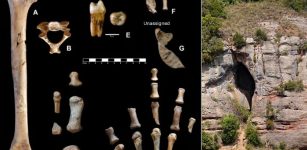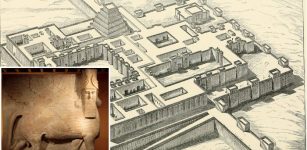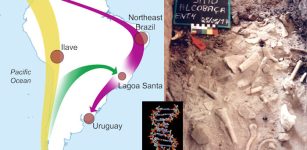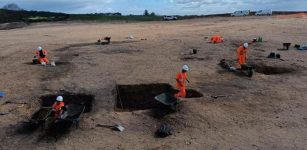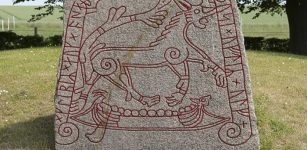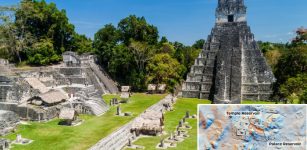How Was The Mysterious Menga Dolmen Built By Neolithic People? New Scientific Theory Presented
Conny Waters - AncientPages.com - The Menga Dolmen, situated in Antequera, Málaga, Spain, has long been a subject of scientific inquiry due to its remarkable size and antiquity among European megalithic structures.
Megalithic structures are the oldest form of monumental stone architecture. The first European megalithic chambers appeared in France in the 5th millennium B.C. Menga, the oldest great dolmen in Iberia, dates from 3800-3600 B.C. Its 150-ton capstone is the largest transported megalithic stone in Iberia and one of the biggest in Europe.
Menga Dolmen. Credit: Adobe Stock - José L. Hidalgo
This Neolithic monument, located at the Piedras Blancas site, is classified as a tumulus, specifically a long barrow form of dolmen. Its entrance is characterized by an imposing trilith, and carbon dating places its construction between approximately 3750 and 3650 B.C.
Previous research has established the Menga Dolmen as one of the most significant engineering accomplishments of the Neolithic period. However, the methods employed in its construction have remained a topic of debate. Recently, a multidisciplinary team comprising historians, geologists, physicists, and archaeologists from various Spanish institutions has proposed a hypothesis to elucidate how a Neolithic culture could have erected this ancient structure, incorporating stones weighing up to 150 metric tons.
Previous research has shown that Neolithic builders of the monument possessed significant engineering skills. These skills were essential for transporting and positioning massive stones, enabling the structure to endure for millennia in near-original condition.
The dolmen comprises stone walls and a ceiling supported by stone pillars, all larger than those used in Stonehenge. Throughout history, many theories have attempted to explain how a primitive society could erect such a monumental and complex structure. Researchers suggest that workers extracted stones from a site about one kilometer away and transported them on sledges along a wooden trackway. After excavating part of the hill, workers moved the rocks to the construction site to form walls, anchoring each stone into the bedrock using counterweights and ramps.
(A) Panoramic view of the city of Antequera, with the location of the Cerro de la Cruz quarry, the Viera and Menga dolmens, the Tholos of El Romeral, and the Piedras Blancas at La Peña de los Enamorados. (B) Entrance to Menga. (C) Interior of the dolmen from the second pillar. (D) Interior of Menga, and three pillars currently preserved. (E) Dolmen chamber. Credits: (A) and (B) correspond to the main author; (C) and (E) were provided by the Antequera Dolmens Archaeological Site on behalf of the Andalusian Regional Government (Miguel Ángel Blanca de la Rubia); (D). Credit: Science Advances (2024). DOI: 10.1126/sciadv.adp1295
Workers used levers to position the stones slightly inwardly, reducing the roof's size and giving the monument a trapezoidal shape. They then installed pillar stones using a similar method. The construction concluded with placing massive stones atop the structure to serve as a roof.
The researchers noted that building the monument required extreme precision to correctly align and fit all components. The stones were interlocked to ensure long-term stability and durability.
"In Prehistoric Europe, the construction of large megaliths represents an era of great technological innovation, as it incorporates complex forms of engineering and unparalleled creative genius.
It is impossible to understand how a monument as sophisticated as Menga was built between 3800 and 3600 BCE without resorting to a notion of “early science,” especially considering that, to this date, no precedents have been found in Iberia suggesting a gradual, steady increase in the development of engineering expertise through trial and error.
On the basis of the evidence at hand, Menga is one of the first great monumental buildings ever engineered with colossal stones. Not only no precedents existed in Iberia for such a monument when Menga was built but also no comparable monument was later made throughout all of Late Prehistory. Or at least, we have no record left," the scientists write in the study.
The study was published in the journal Science Advances
Written by Conny Waters - AncientPages.com Staff Writer



